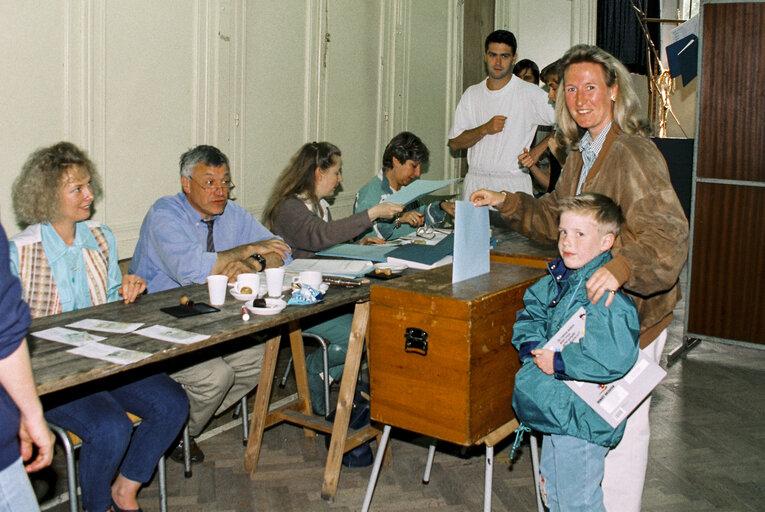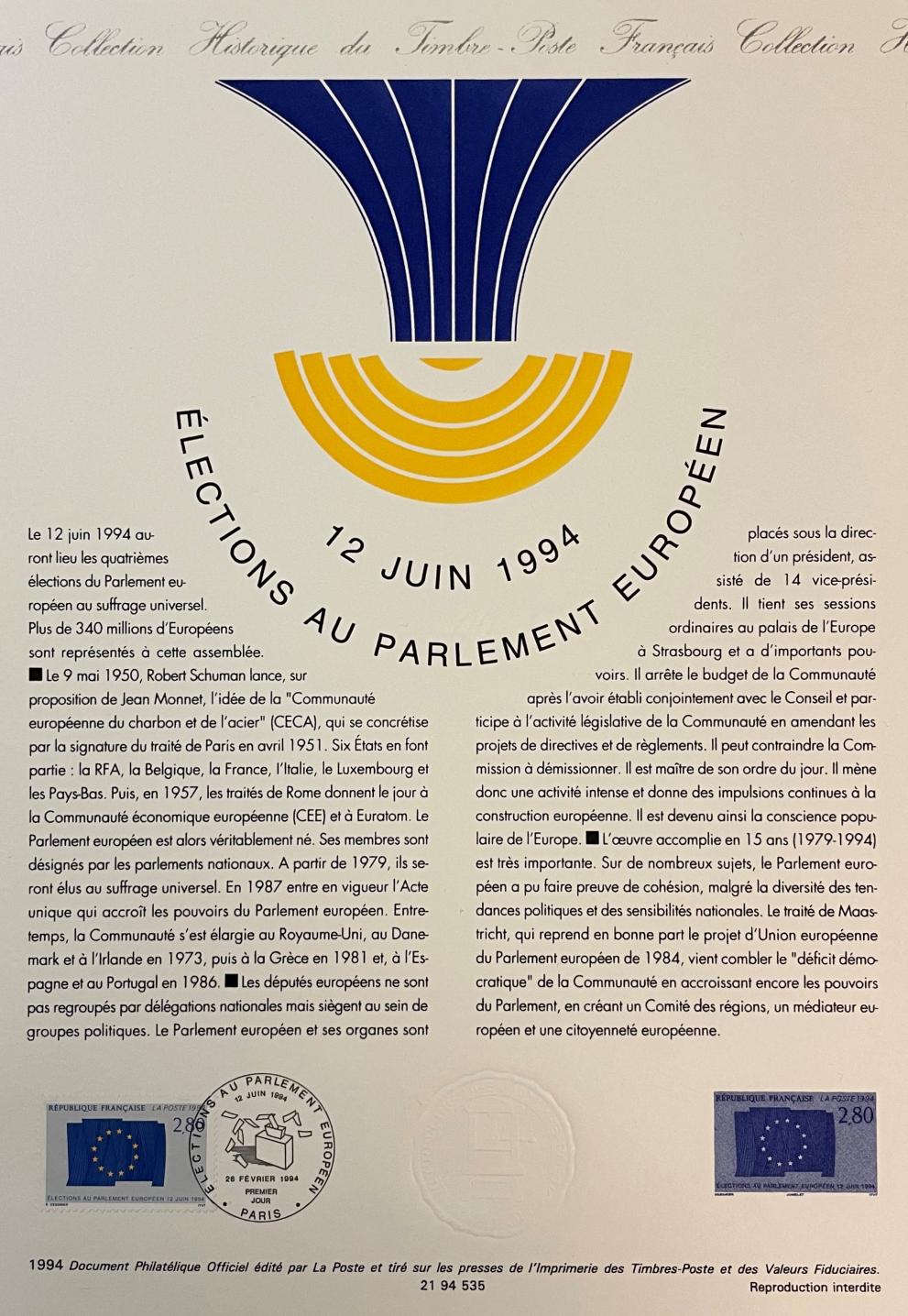
Roughly one year after the Maastricht Treaty came into force, thereby creating the European Union, European citizens were again summoned to vote. Under the new distribution of powers, the European Parliament had greatly increased its standing, now acting as co-legislator on a par with the Council of Ministers. Ambitious new projects that would act as driving forces for the entire European architecture — the projected eastward and southward enlargement, the blueprint for a united currency — were now subject to democratic decision-making and public scrutiny through the Members of the European Parliament (MEPs).
The new elections were held in a mood commensurate with the important choices to be made (European enlargement: how far?) and with the need to dispel citizens’ qualms (will a single currency be wholly beneficial or not?). New policies needed to be activated or boosted, such as those concerning the infrastructures funded though regional policies, epitome of the continent’s new interconnectedness.
The turnout was around 57 %. The German Klaus Hänsch was elected president of the European Parliament in 1994. The Spaniard José María Gil-Robles then became president for the second half of the term in 1997. Because on 1 January 1995 the EU had grown from 12 to 15 Member States, Austria, Sweden, and Finland elected their representatives in partial elections throughout 1995 and 1996. These brand-new Members brought with them a strong tradition of non-alignment and high social and environmental standards. The world was also looking at Europe through new lenses: a new narrative filled with optimism had blossomed in the Old World, and the European model seemed destined to outperform that of the former Cold War blocs.





